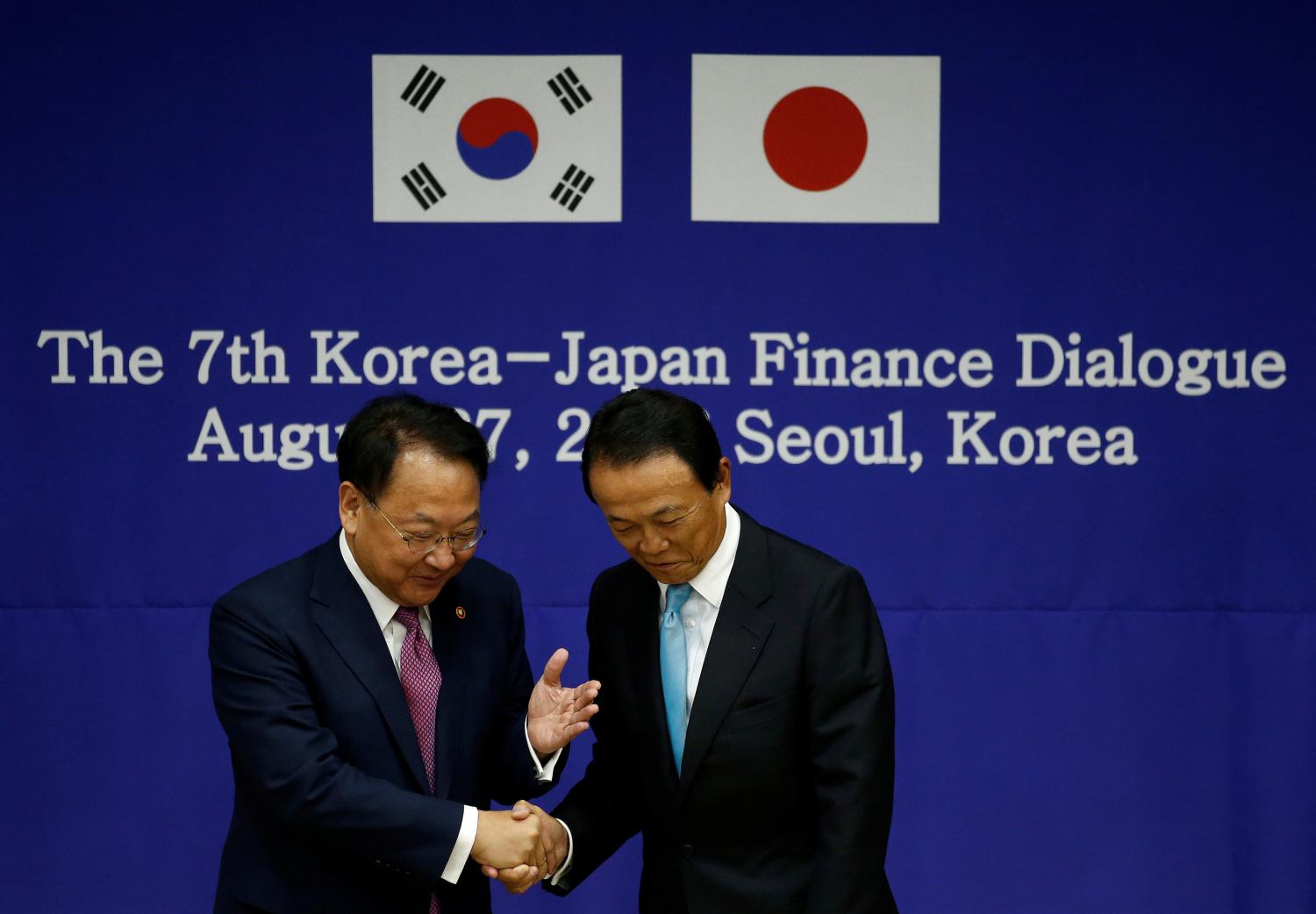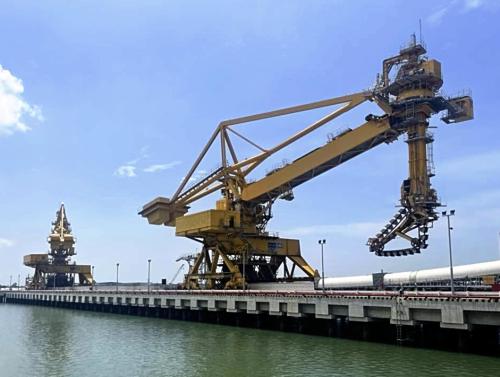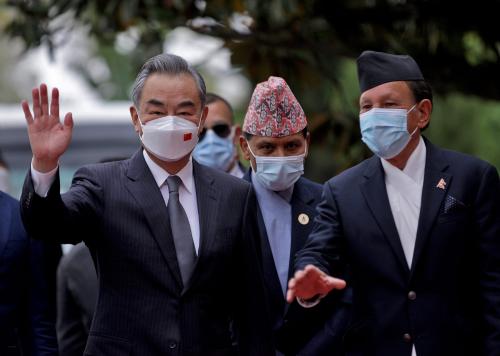China’s new development bank is neither a surprising initiative nor a grave threat to global financial governance. The Asian Infrastructure Investment Bank (AIIB) is the latest component of Beijing’s decade-long hedging strategy. To avoid overdependence on existing global institutions, China has been pursuing a risk-averse hedging strategy by developing regional supplements while sustaining collaborative relations with the Group of 7-centered global institutions such as the World Bank. Although the AIIB is part of China’s sophisticated attempts at reshaping the prevailing international monetary order, it is compatible with existing global and regional institutions.
China has deep uncertainty about the evolution of both global and regional financial institutions, and wants to avoid putting all of its eggs in a single basket. At the global level, the prospects for the fundamental reform of global financial institutions have not been bright, in the eyes of China. The interests of the major G-20 players – of which China is one – do not necessarily coincide. The conservative tendencies of the status quo powers and the bureaucratic inertia in existing international institutions have stalled reform of the International Monetary Fund (IMF) and other organizations. At the same time, uncertainty about East Asia’s project to create a cohesive regional financial architecture prevails, both within and outside China. Since the Asian financial crisis in the late 1990s, China and other East Asian countries have implemented the Asian Bond Fund Initiative (ABFI) and the Chiang Mai Initiative Multilateralization (CMIM) currency swap arrangement. Despite some modest progress in these regional initiatives, structural diversity, weak regional identity and power competition seem to conspire to impede the rise of a strong overarching regional financial architecture in the near future.
Against this backdrop, China intends to explore both global and regional options lest it limit the range of strategic options available to it. Beijing seeks greater input in the running of the world economy. At the same time, it is creating non-confrontational means ways to resist the pressure of the status quo powers. At the global level, though it calls for more substantial reforms in the existing global financial architecture, Beijing has been neither a key policy innovator nor a principal opponent of proposed initiatives. China has played a constructive role in the institutionalization of the G-20 summit and the creation of the Financial Stability Board, even though it did not take the lead in those global initiatives. At the regional level, China has attempted to reduce the exclusivity of the regional arrangements by advocating a CMIM–IMF linkage, an Asian Bond–Eurobond linkage and an ABFI–Bank of International Settlement (BIS) collaboration. This strategic behavior helped the region to develop its supplementary institutions, even as East Asia maintains collaborative relations with the existing global financial institutions. Together, the AIIB, CMIM and ABFI can lessen China’s dependence on the World Bank and IMF’s for development and crisis management support. These new institutions might complement (or even outperform) the global institutions in addressing specific pressing regional problems. Regional institutions thus give China a feasible exit option when the existing global institutions become ineffective or irrelevant.
China’s hedging strategy – reinforced by a sense of triumph over the positive global response to the establishment of the AIIB – is likely to facilitate the emergence of a more fragmented and multilayered form of global financial governance. There are legitimate concerns about this decentralizing trend. However, a fragmented mode of global governance, while not perfect, may be beneficial in some ways. Effective coordination among global, regional and bilateral institutions may be possible so long as key players can learn to pursue public goods together. Decentralized governance also may offer “checks and balances,” in effect encouraging public goods. Highly centralized power in a single overarching global institution can be often misapplied and, thus, dangerous. Moreover, a decentralized system would also resonate with the normative structure of the post-global recession world: namely, general skepticism of one-size-fits-all solutions. Multilayered international financial governance could prove to be compatible with regional diversity and national variations in capitalism. The decentralizing trend looks messy, but it is a new reality which we may have to accept. The diffusion of interstate power and concomitant increasing number of veto players are likely to make global consensus harder to reach. We should learn to live with China’s evolving hedging strategy and subsequently decentralized global financial governance.
The Brookings Institution is committed to quality, independence, and impact.
We are supported by a diverse array of funders. In line with our values and policies, each Brookings publication represents the sole views of its author(s).




Commentary
Op-edAIIB: A plank in China’s hedging strategy
May 11, 2015